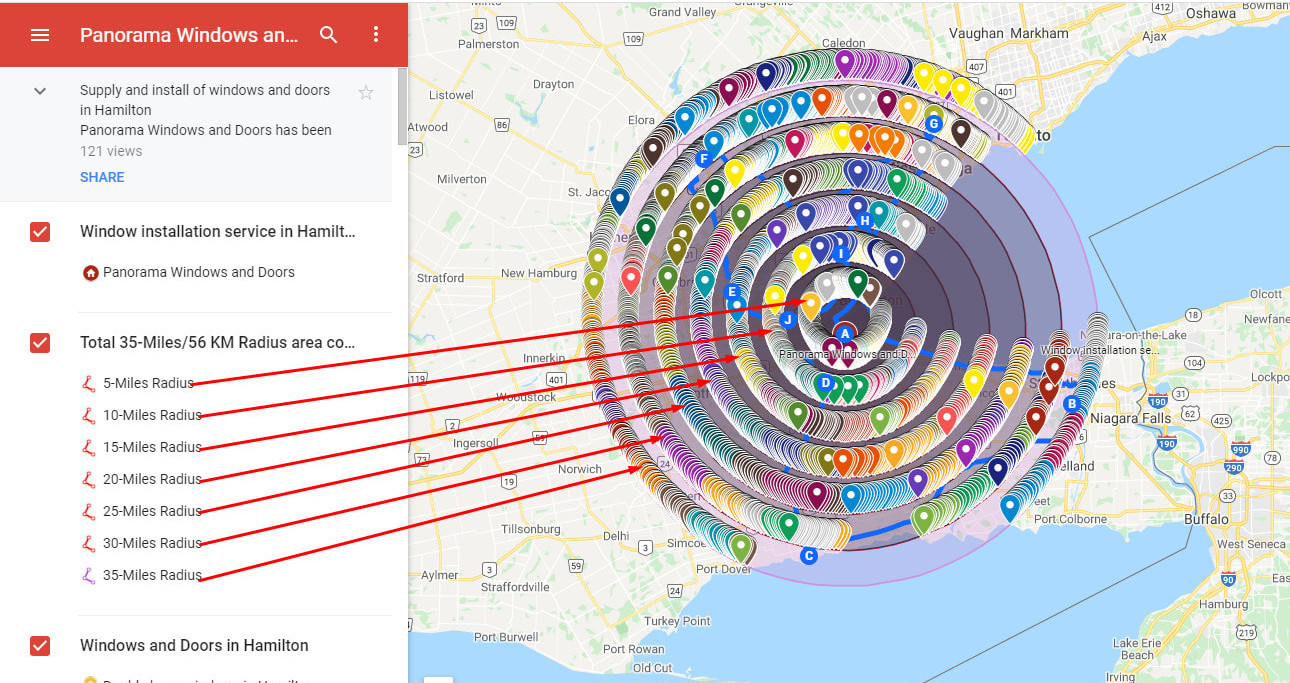DeFi Is The Future of Crypto Lending
As the frenzy around cryptocurrency speculation gradually fades, the enduring value of its underlying technology becomes ever more apparent. Recent failures in high-profile crypto companies highlight the misuse of trust and resources, contradicting the very purpose of cryptocurrency’s creation: fostering a public, decentralized exchange with self-custody of assets. This article delves into the transformative potential of Decentralized Finance (DeFi) in lending, illustrating how it could reinvent financial services to be more secure, inclusive, and efficient, and thereby restoring trust and ownership in the financial system.
Traditional Lending vs. DeFi Lending: A Comparative Analysis
According to Yeehaa, Comparing traditional equity-backed lending with crypto-backed DeFi lending offers a clear perspective on the advantages of the latter. Imagine owning Microsoft stock that has appreciated over time. Selling it for a house purchase could incur heavy capital gains tax. Alternatively, using it as collateral for an equity-backed loan is a cumbersome process involving extensive financial scrutiny, high costs, and vulnerability to fraud.
What is Decentralized Finance?
Decentralized Finance, or DeFi, provides a stark contrast. Borrowing via DeFi involves securing a loan within minutes, using blockchain-based assets as collateral, significantly speeding up and simplifying the lending process. The decentralized nature of blockchain facilitates faster, cheaper, and safer lending practices for consumers.
The Benefits of DeFi Lending
Asset Verification via Blockchain
- Real-Time Transparency: Blockchain technology enables the immediate verification of assets. In contrast to traditional banking systems, where asset verification can be time-consuming and opaque, blockchain’s real-time transparency ensures quick and accurate assessment of an asset’s value.
- Elimination of Manual Errors: The use of blockchain reduces the risk of errors prevalent in manual processes of traditional banks. Since blockchain is immutable and tamper-proof, the accuracy of asset records is significantly higher.
- Increased Trust and Security: The decentralized nature of blockchain creates a more secure environment for asset verification. There is no single point of failure, reducing the risk of fraud and increasing trust among participants.
- Accessibility and Inclusivity: With blockchain, asset verification is not limited by geographical boundaries, making financial services more accessible and inclusive. It democratizes access to financial resources, especially for underbanked populations.
Peer-to-Peer Underwriting Marketplace
- Competitive Lending Rates: In a DeFi marketplace, the direct competition among numerous lenders leads to more competitive interest rates and terms for borrowers.
- Diversification of Lending Options: Borrowers have access to a wider array of lenders, including those who may offer niche or specialized lending services.
- Reduced Costs and Middlemen: The peer-to-peer nature of the marketplace cuts out intermediaries, leading to lower transaction costs and more efficient lending processes.
- Empowerment of Individual Lenders: Individual investors or smaller financial entities can participate directly in the lending market, democratizing access to investment opportunities in the credit market.
Codified Contracts in DeFi
- Automated Loan Agreements: Smart contracts automate and enforce the terms of loan agreements, reducing the need for manual intervention and the potential for human error.
- Enhanced Efficiency: The automation of contracts speeds up the lending process, enabling faster loan disbursement and repayment processes.
- Scalability: Smart contracts allow for the handling of a large volume of transactions simultaneously, significantly increasing the scalability of lending services.
- Increased Security and Reduced Costs: The security inherent in smart contracts, along with their ability to minimize administrative and operational expenses, makes lending more affordable and secure for all parties involved.
Self-Management of Assets and Data
-
- Enhanced Privacy and Control: DeFi gives users complete control over their financial data and assets, enhancing privacy and autonomy in financial transactions.
- Reduced Reliance on Traditional Financial Institutions: By enabling self-management, DeFi reduces dependence on traditional banks and financial institutions, which can be restrictive and exclusive.
- Increased Flexibility and Mobility: Users have the flexibility to manage and move their assets as they see fit, without the constraints typically imposed by traditional financial systems.
- Improved Risk Management: With direct control over their assets, individuals can manage risk more effectively, making decisions based on real-time market data and personal financial goals.
Addressing the Challenges in DeFi Lending
Despite its advantages, DeFi lending is still in its infancy and faces several challenges:
- Limited to Crypto Assets: Currently, DeFi loans require crypto assets as collateral, limiting their accessibility to early crypto adopters.
- Lack of a Direct Marketplace: A direct marketplace connecting borrowers and lenders is still a work in progress.
- Scalability and Privacy Concerns: The infrastructure for scalable and private consumer lending on crypto rails is yet to be fully developed.
The Road Ahead for DeFi Lending
For DeFi lending to become mainstream, several developments are essential:
- Tokenization of Non-Crypto Assets: Creating infrastructure to bring various assets onto blockchain networks.
- Linking Identity and Credit to Wallet Addresses: Developing privacy-preserving solutions to connect real-world identities and credit ratings to digital wallets.
- Creating a Decentralized Marketplace: A platform is needed for the efficient matching of borrowers, lenders, and underwriting services.
- Building Scalable and Private Infrastructure: DeFi requires a high-throughput, low-cost infrastructure that ensures transactional privacy and compliance.
- Regulatory Clarity: Clear regulations are needed to guide the handling of security tokens and protect consumers and investors.
The Transformative Impact of DeFi Lending
According to FLP, the potential of DeFi lending extends far beyond the $16 trillion consumer credit market in the U.S. In many parts of the world, access to credit is limited. DeFi’s ability to facilitate quick and affordable verification and exchange of assets and income can open the financial system to a broader population. The infrastructure and developments outlined here are not only applicable to lending but also to other domains like payments and gaming, signifying a shift towards a more accessible and intelligent system. As crypto continues to evolve, it could unlock unprecedented opportunities, making DeFi lending a cornerstone of modern financial systems.



